Rhodds Farm: From open space to stunning country garden in under 12 years
Richard and Cary Goode have carried off something almost miraculous at this lovely spot in Herefordshire – and they've done it in barely more than a decade.
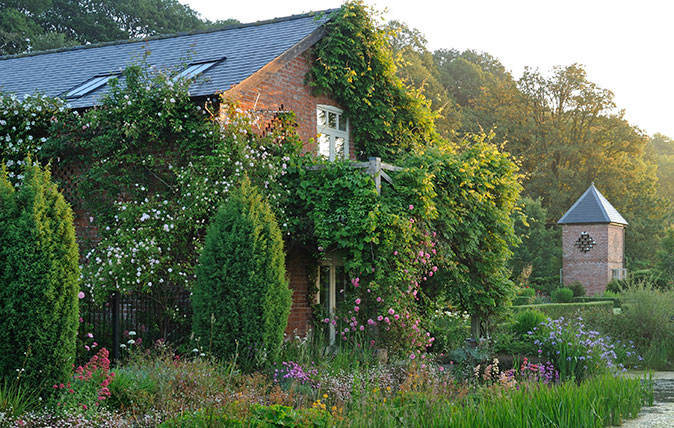

Rhodds Farm, tucked away down a tiny roadway – the splendidly named Jack’s Ditch Lane – deep in the north Herefordshire countryside, is a surprise and one that teaches a number of valuable lessons. Richard and Cary Goode came here in 2004, when there was no garden and the house was still very much an unpretentious Victorian farmhouse.
Both Mr and Mrs Goode work from home, Mr Goode dealing in Russian aerobatic aircraft, his wife designing gardens, and as if that wasn’t enough, they also own and run a small hotel (and garden) in Sri Lanka.
So the first lesson taught by the fine garden here now is how to create and maintain one that’s complex, varied and interesting, despite such busy lives. An extension of that lesson is how to make such a garden also one that suits – and copes with the difficulties of – the site on which it is made.
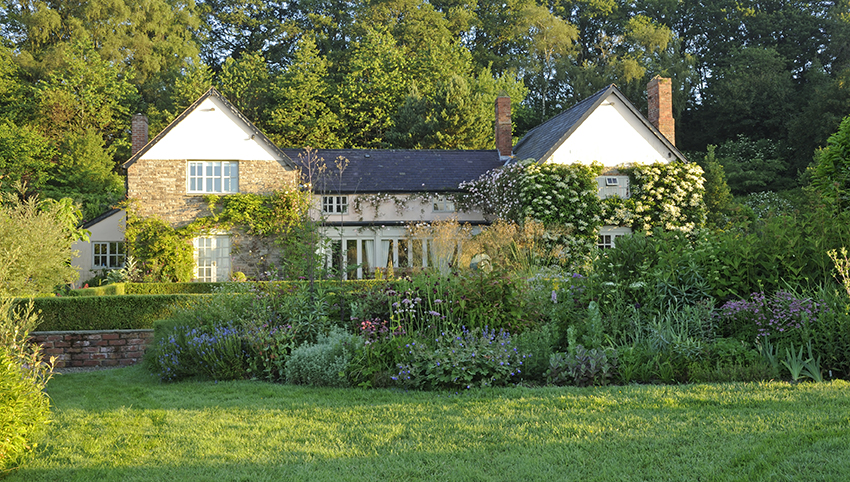
Because difficulties there certainly were. Where there was soil, it was sticky, stony boulder clay and, around the house, there was no topsoil at all (Mrs Goode wonders whether a previous owner could have sold it). To the north of the house, there was an ugly tarmac car park; the whole site is long and thin. A long privet hedge separated pasture to the south from the garden to be; northwards lay a wooded (and originally bramble-filled) hillside.
Essentially, what Mrs Goode aimed to do was, first, remove any solid boundaries between garden and landscape (hence to the south, for example, privet hedge out, park railings in) and then to create a garden ‘of two halves’: relatively formal immediately around the house, but increasingly informal as it spreads out and away from it.

Even in the formal areas, she insists that, as the priority was to preserve the views, this could not be a garden of ‘rooms’, so hedges are kept to an absolute minimum. Instead, the relatively formal garden is one of ‘areas’, in which one section merges gently into – and is visible from – the next.
Remembering both the pressures of their busy lives and the vast expanses of the surrounding rolling Herefordshire landscape, the sorts of plants Mrs Goode uses as her ‘core palette’ are ‘thugs that are happy on this site’, such as Euphorbia griffithii Fireglow, Phlomis russeliana, Symphytum caucasicum or its even more vigorous second cousin Trachystemon orientalis, ‘all of which came from a tiny scrap I begged from Mallet Court Nursery,’ she explains with a wry smile. What’s more, she uses them in ‘sheets’, because ‘that sort of big planting echoes this big landscape’.
Sign up for the Country Life Newsletter
Exquisite houses, the beauty of Nature, and how to get the most from your life, straight to your inbox.

Even in the most formal areas, planting in sheets is still frequently the rule. To the east of the house, for example, there is now a splendid brick-built, tower-like ornamental dovecote, its bulk designed to balance that of the barn, the diamond-shaped holes in its walls echoing those in the structure. The same diamond pattern is used in the pool at the dovecote’s foot and in the central box-edged bed in the main formal rectangular lawn beside it.
The central formal beds on the dovecote’s other side are edged with a block planting of Alchemilla mollis from which rise the dramatic flowers of masses of Iris sibirica Silver Edge. This makes both practical and aesthetic sense: on the one hand, it saves labour; on the other, the restricted palette of plants, used in large groups, makes a greater visual impact than a wider palette used in smaller groups or as individual specimens.
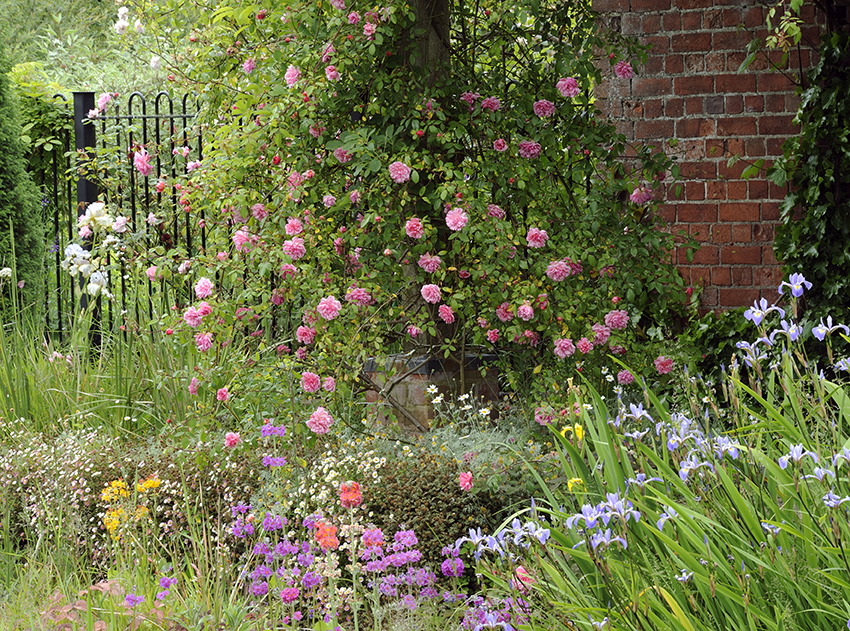
Between that area and the main lawn is the garden’s only real herbaceous border. It is the only one for the obvious reason that that form of gardening is anything but labour-saving.
Here, however, Mrs Goode has indulged herself in a rich spectrum of purples, blues, reds and oranges. The plants used include alliums, poppies, heleniums, asters, aconitums and a rudbeckia she particularly recommends, R. subtomentosa Henry Eilers, because, unusually, it is ‘small and delicate’ yet ‘stays upright. It doesn’t need staking’. She adds: ‘I hate staking because, however well it’s done, the result never looks natural and relaxed.’
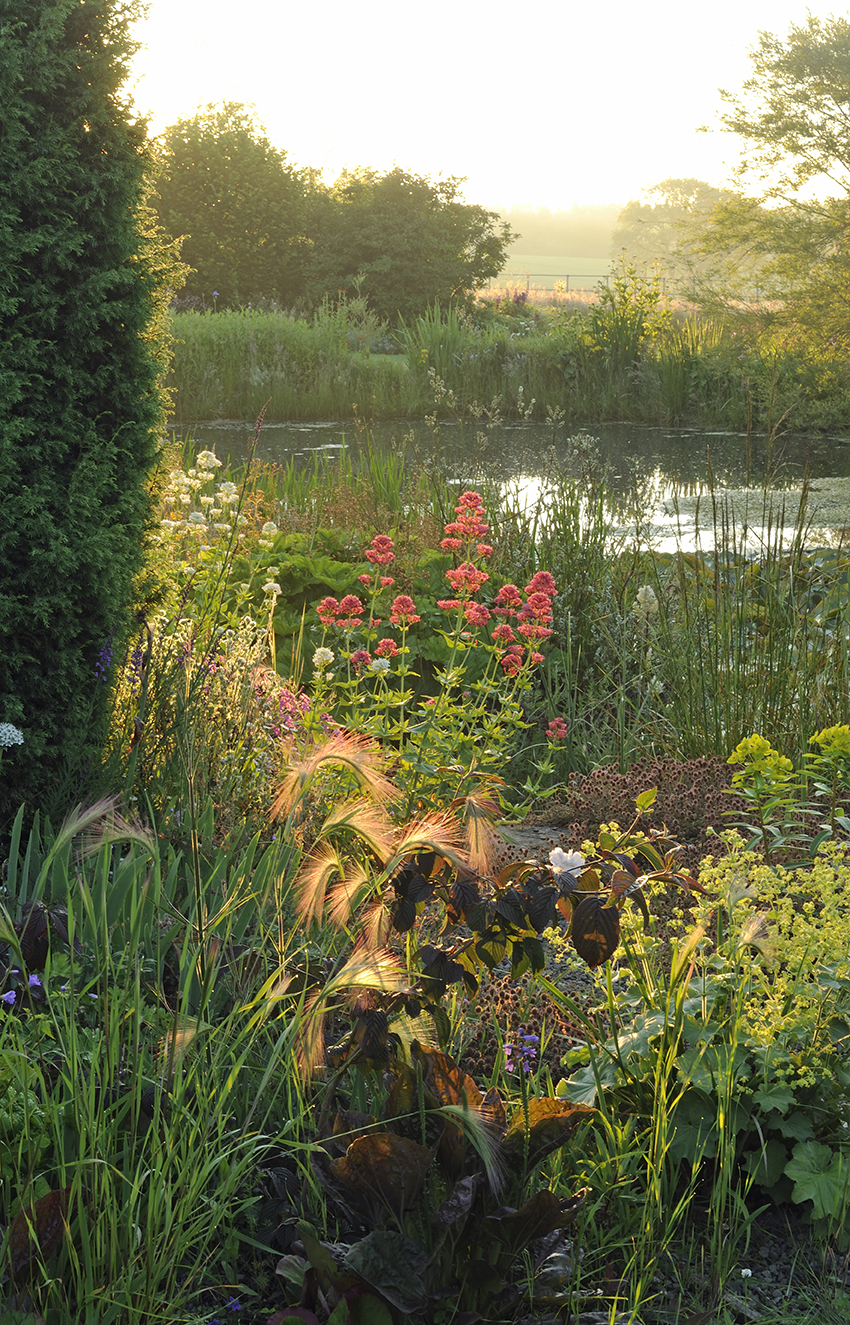
Time-saving and coping with the demands of the site have combined to determine what happens between the formal lawn and the southern boundary, where only a seriously narrow strip of land was left with which to work. Mrs Goode’s solution has been a quartet of mixed island beds, with balancing box ‘mounds’ between them to anchor the area and provide some interest during winter.
Between here and the barn is the first of the garden’s two main stretches of water, a pond essentially for wildlife, although with some discreet ornamental planting around its edges. Beyond, a path lined with the rose Sander’s White and a variety of clematis leads to the vegetable garden, although Mrs Goode cheerfully confesses that, in fact, ‘I’m keener on fruit than on vegetables’.
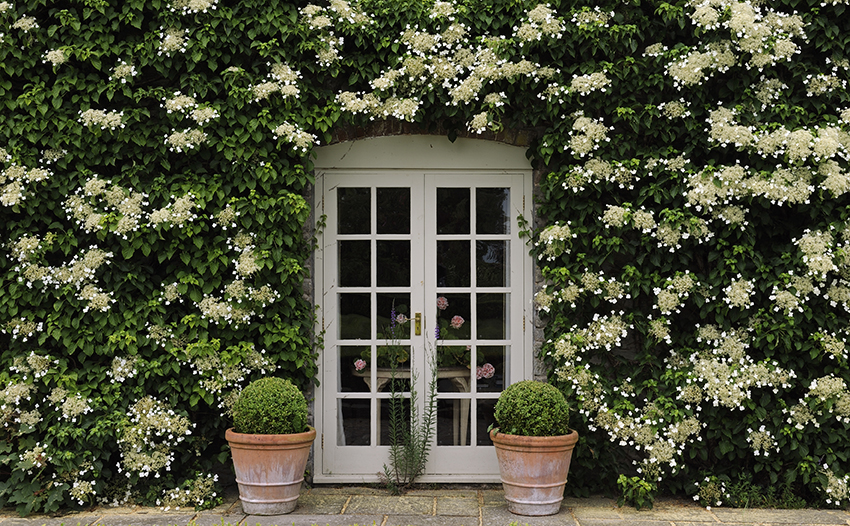
Beyond that again, it becomes difficult to be sure whether you’re in garden or wood, until, eventually, you emerge on the edge of a sizeable lake (which the Goodes insist on calling a duck pond). There is ornamental planting here, but no beds as such. Instead, Mrs Goode simply ‘plants into the wild’.
In this area, beyond a new planting’s first year, she does very little weeding, so plants either survive the competition or they don’t. Once more, she gardens in such a minimal way for two reasons, one aesthetic, one eminently practical: ‘I don’t want it to look cultivated and, anyway, I don’t have time.’
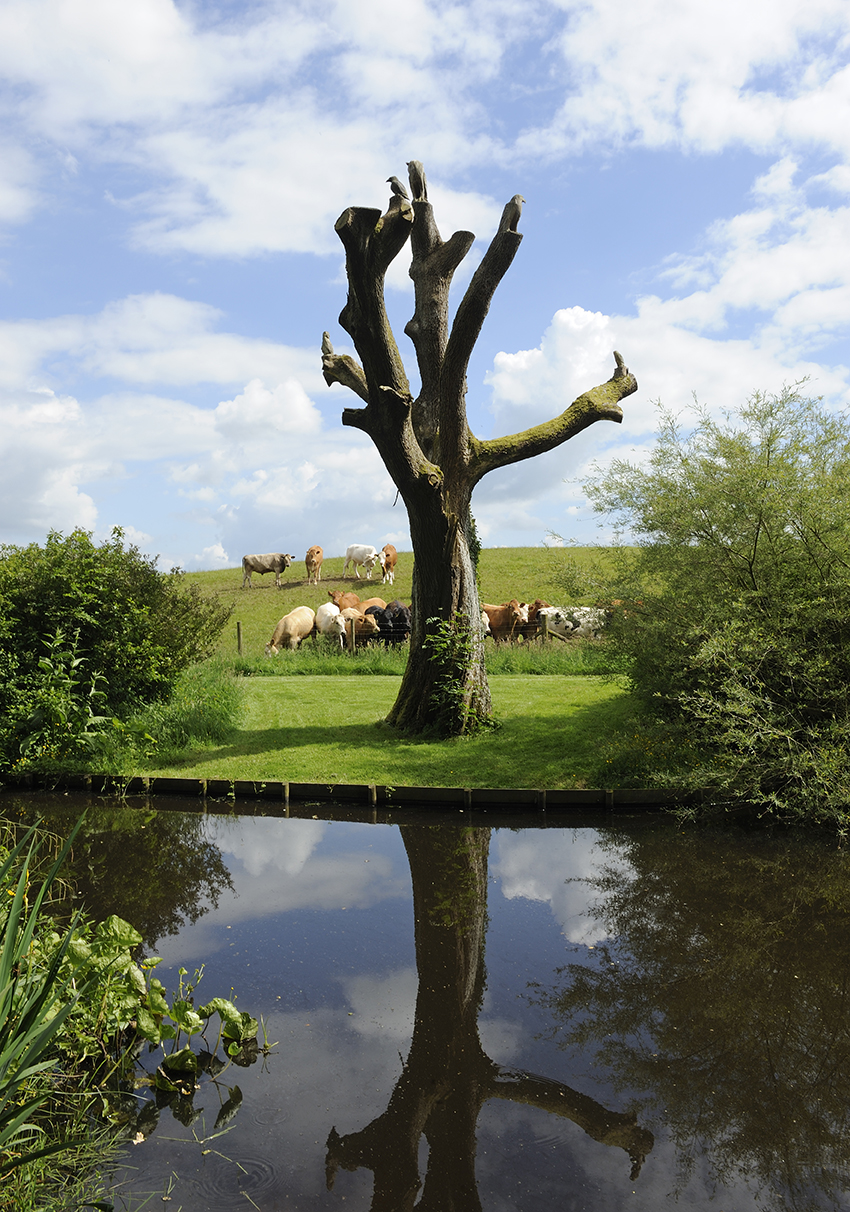
The same is true in spades in the 13 acres of the woodland garden proper, where paths wind up the hillside to reach viewpoints from which you look out to the Welsh hills on one side and Shropshire on the other.
Once Mr Goode had cleared this whole area of brambles, a network of paths was created, although most are concentrated on the areas nearer the house, which is also where the majority of the ornamental planting is to be found, mostly in the form of shrubs such as cornus, magnolias and species roses. Mrs Goode is currently very excited by – and is keeping a keen eye on – a range of spontaneously occurring seedlings from the climbing rose Cedric Morris.
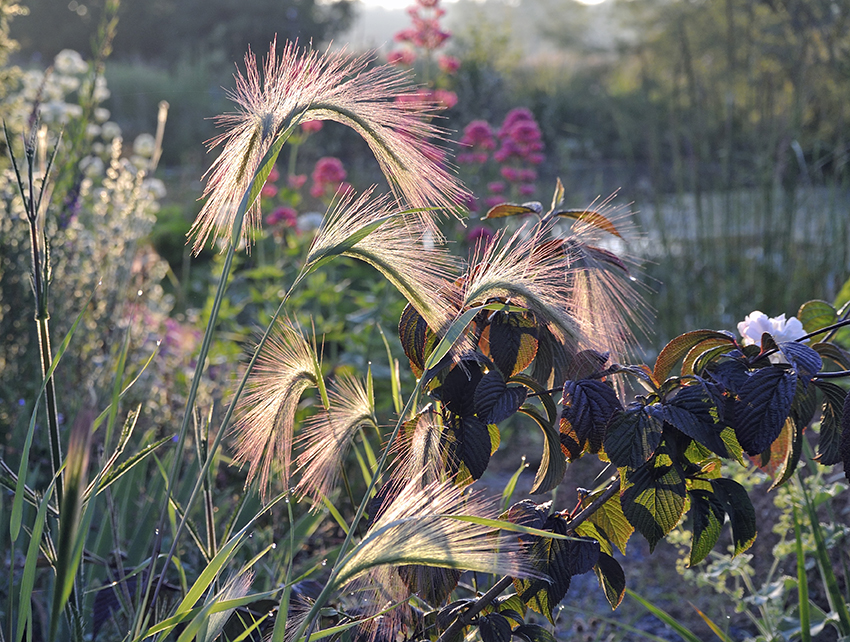
These lower levels appropriately include one path known as the Stairway to Heaven, which is lined with scented shrubs and acquired its name because it leads to the Goodes’ pet cemetery ‘and so, hopefully, to Paradise’. Rhodds Farm may not be paradise, but it’s a very good 21st-century approximation.
Rhodds Farm is open as part of the NGS scheme and June's Gardens in the Wild Festival – see more at www.gardensinthewild.org. Groups can email goode@russianaeros.com to organise separate appointments while www.rhoddsfarm.co.uk has details of self-catering accommodation on the site.
Country Life is unlike any other magazine: the only glossy weekly on the newsstand and the only magazine that has been guest-edited by HRH The King not once, but twice. It is a celebration of modern rural life and all its diverse joys and pleasures — that was first published in Queen Victoria's Diamond Jubilee year. Our eclectic mixture of witty and informative content — from the most up-to-date property news and commentary and a coveted glimpse inside some of the UK's best houses and gardens, to gardening, the arts and interior design, written by experts in their field — still cannot be found in print or online, anywhere else.
-
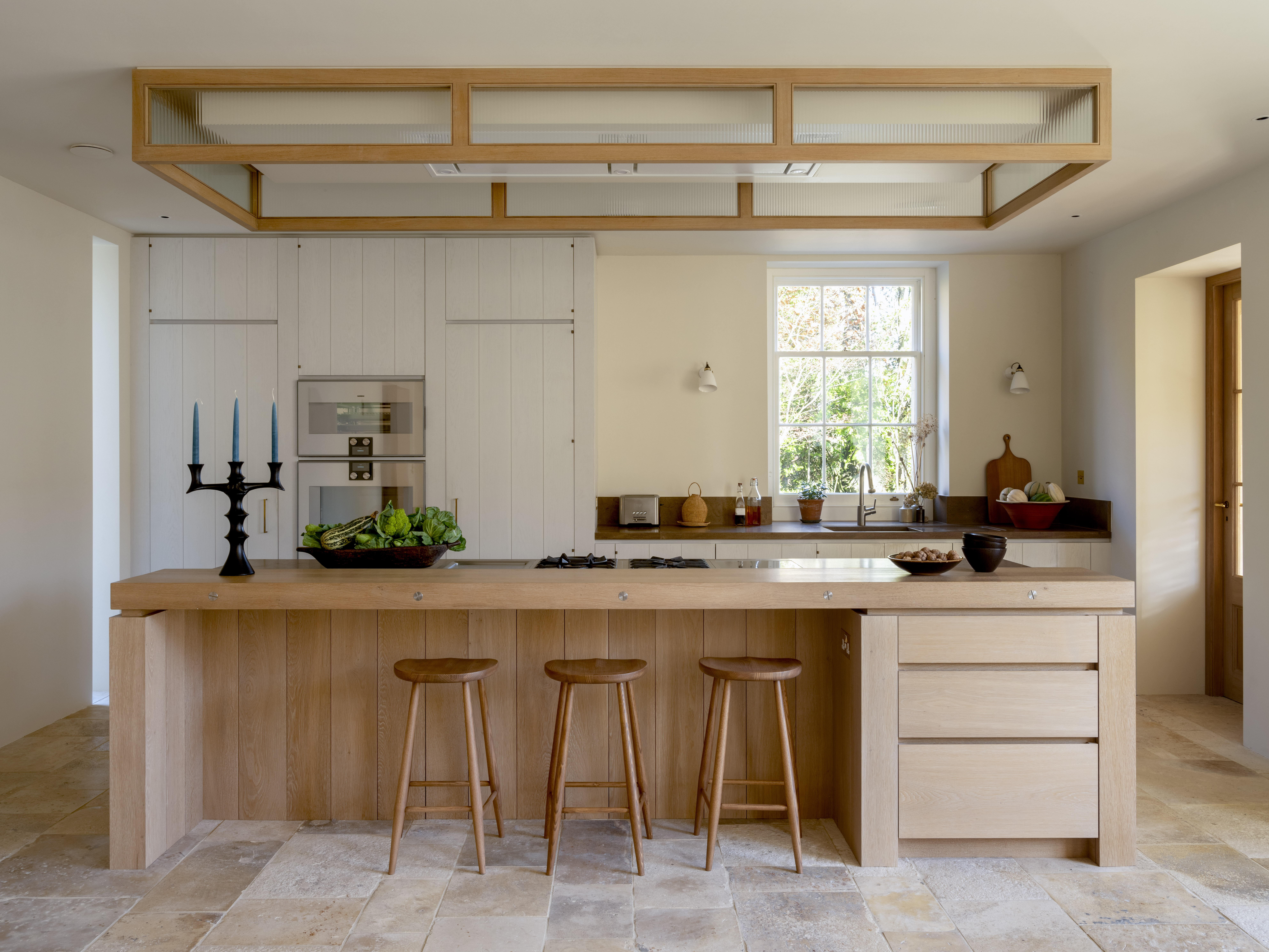 Designer's Room: A solid oak French kitchen that's been cleverly engineered to last
Designer's Room: A solid oak French kitchen that's been cleverly engineered to lastKitchen and joinery specialist Artichoke had several clever tricks to deal with the fact that natural wood expands and contracts.
By Amelia Thorpe
-
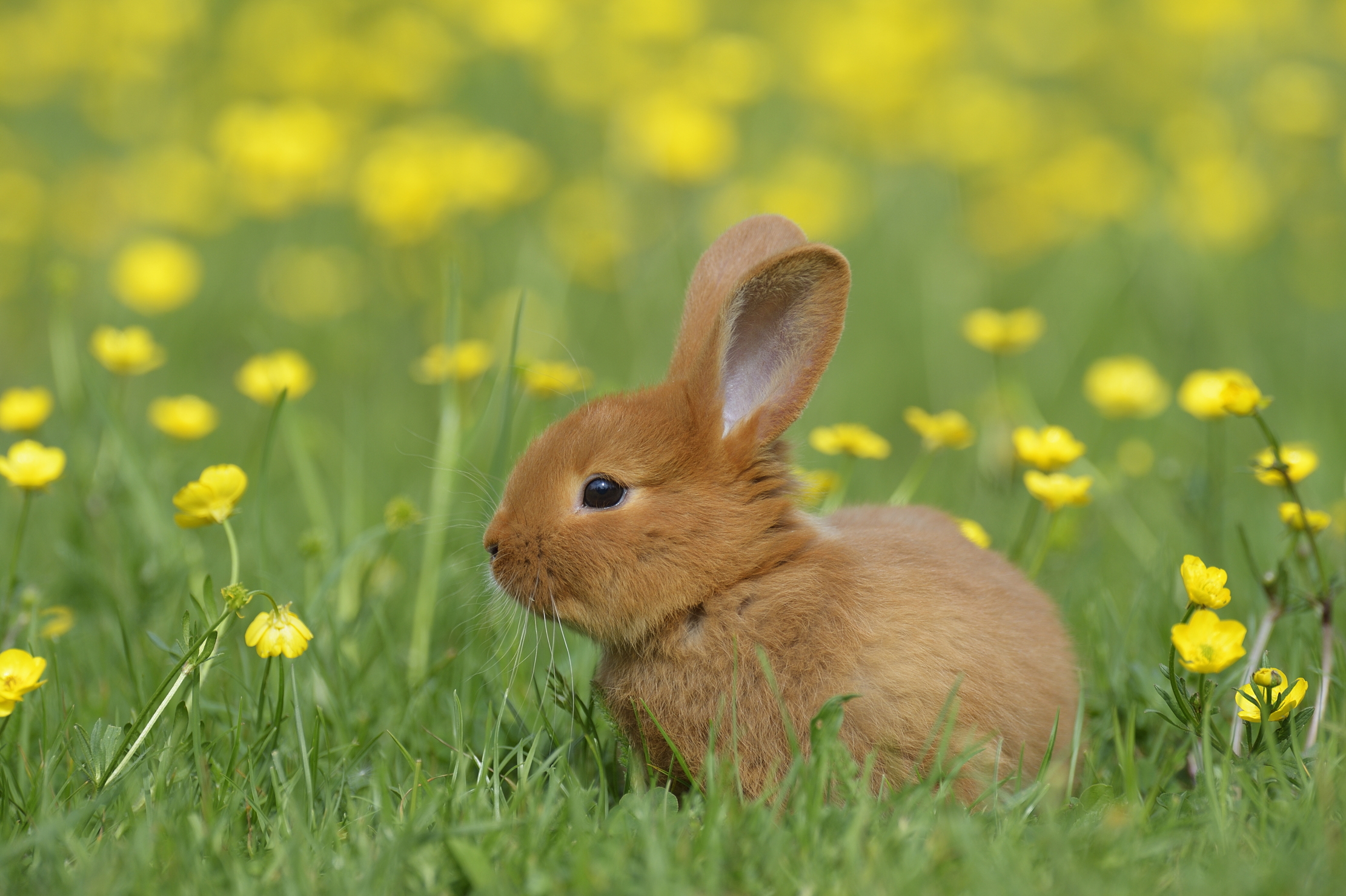 Chocolate eggs, bunnies and the Resurrection: Country Life Quiz of the Day, April 18, 2025
Chocolate eggs, bunnies and the Resurrection: Country Life Quiz of the Day, April 18, 2025Friday's quiz is an Easter special.
By James Fisher
-
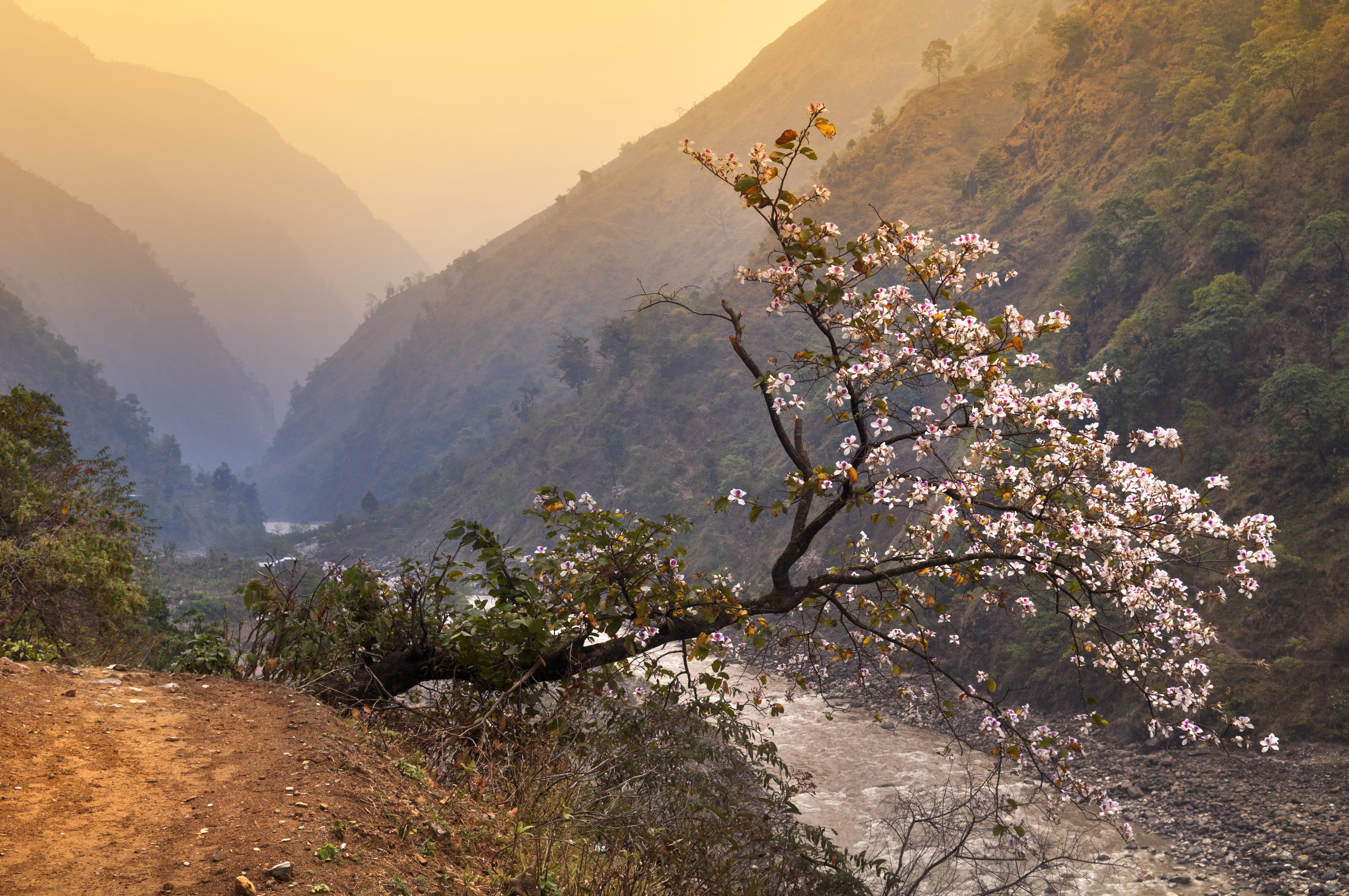 The man who trekked Bhutan, Mongolia, Japan, Tasmania and New Zealand to bring the world's greatest magnolias back to Kent
The man who trekked Bhutan, Mongolia, Japan, Tasmania and New Zealand to bring the world's greatest magnolias back to KentMagnolias don't get any more magnificent than the examples in the garden at White House Farm in Kent, home of Maurice Foster. Many of them were collected as seed in the wild — and they are only one aspect of his enthralling garden.
By Charles Quest-Ritson
-
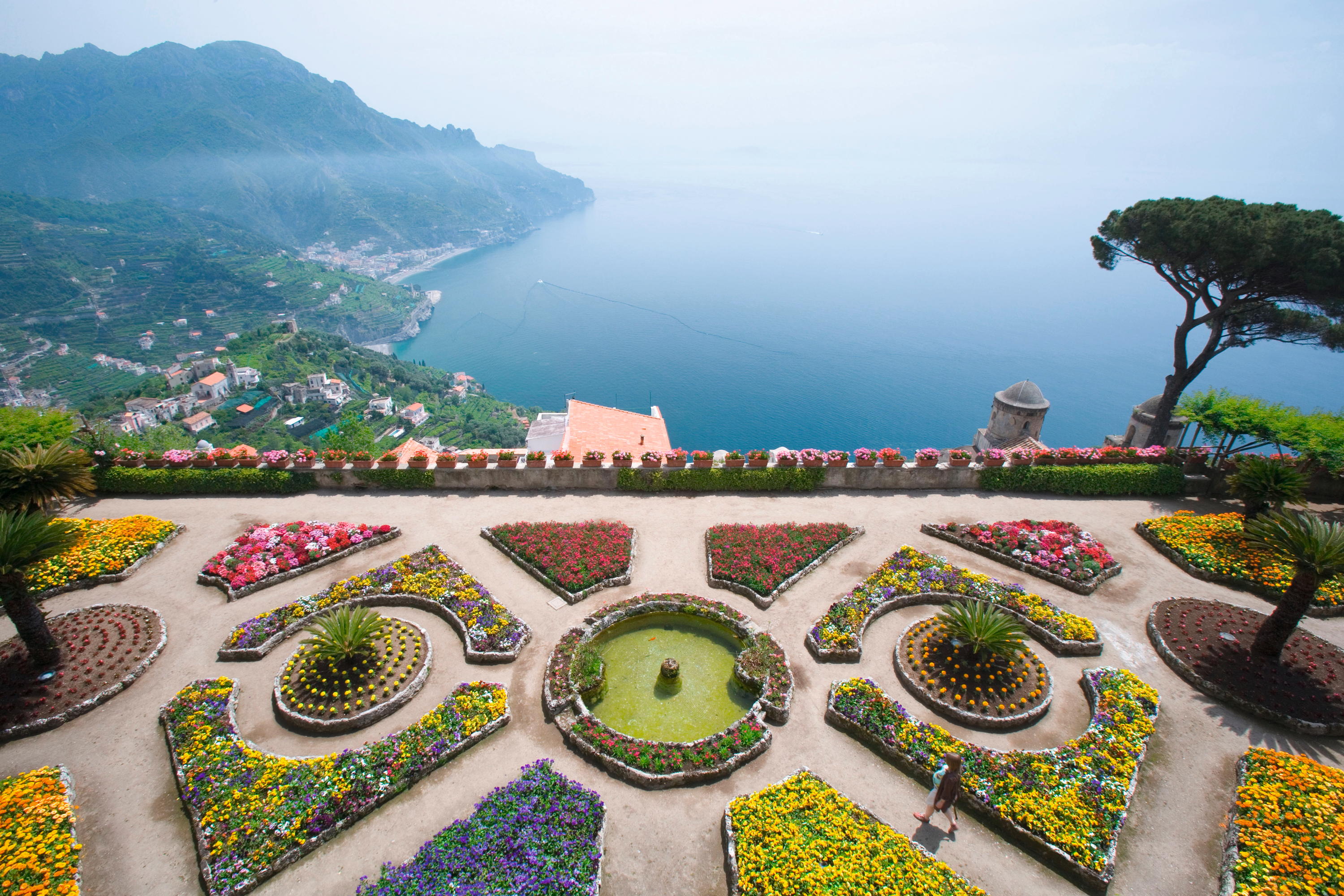 The 'breathtakingly magnificent' English country gardens laid out on the Amalfi Coast, and the story of how they got there
The 'breathtakingly magnificent' English country gardens laid out on the Amalfi Coast, and the story of how they got thereKirsty Fergusson follows the Grand Tour to Campania in Italy, where the English combined their knowledge and love of plants with the rugged landscape to create gardens of extraordinary beauty.
By Kirsty Fergusson
-
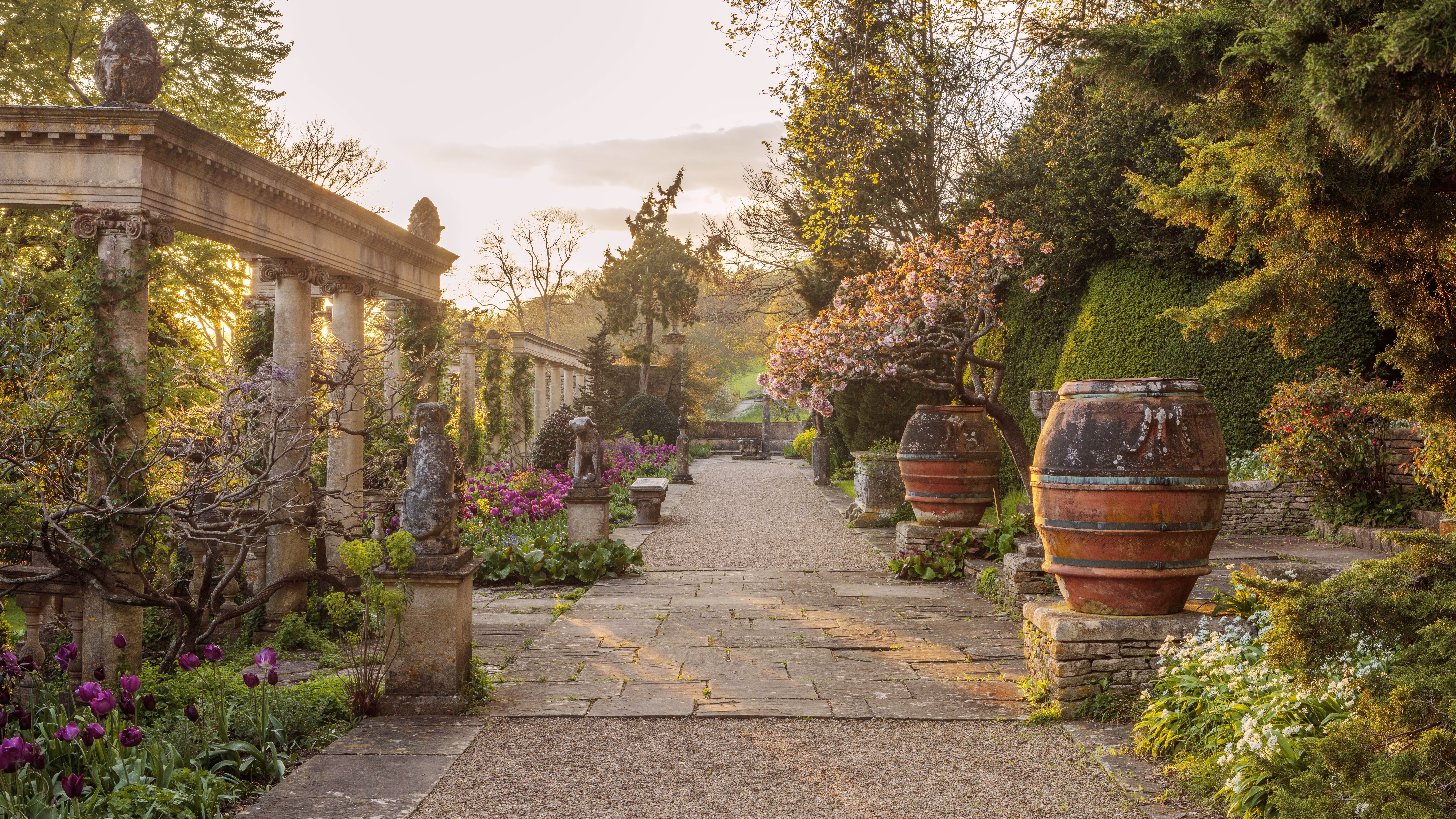 Have your say in the Historic Houses Garden of the Year Awards 2025
Have your say in the Historic Houses Garden of the Year Awards 2025By Annunciata Elwes
-
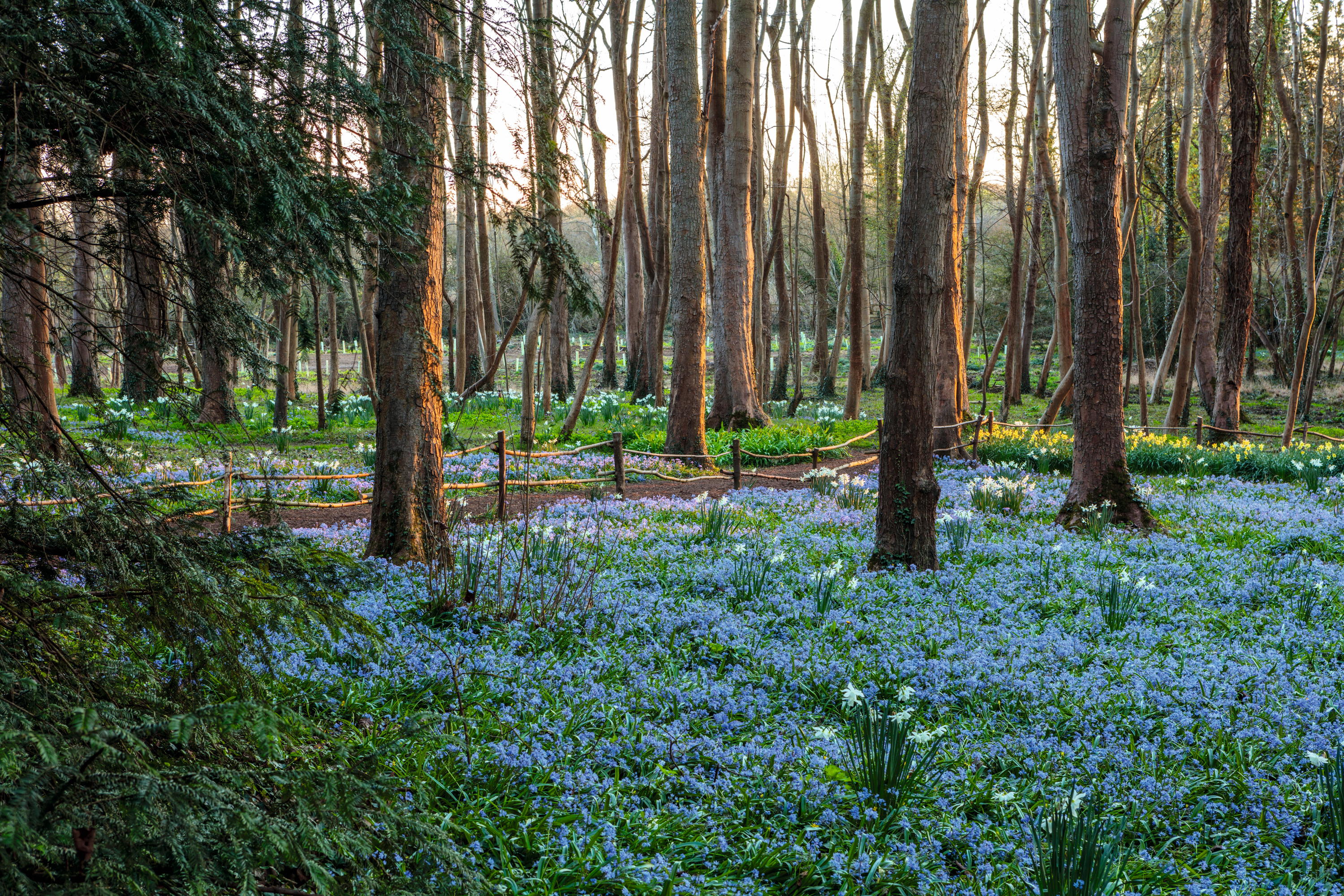 Evenley Wood Garden: 'I didn't know a daffodil from a daisy! But being middle-aged, ignorant and obstinate, I persisted'
Evenley Wood Garden: 'I didn't know a daffodil from a daisy! But being middle-aged, ignorant and obstinate, I persisted'When Nicola Taylor took on her plantsman father’s flower-filled woodland, she knew more about horses than trees, but, as Tiffany Daneff discovers, that hasn’t stopped her from making a great success of the garden. Photographs by Clive Nichols.
By Tiffany Daneff
-
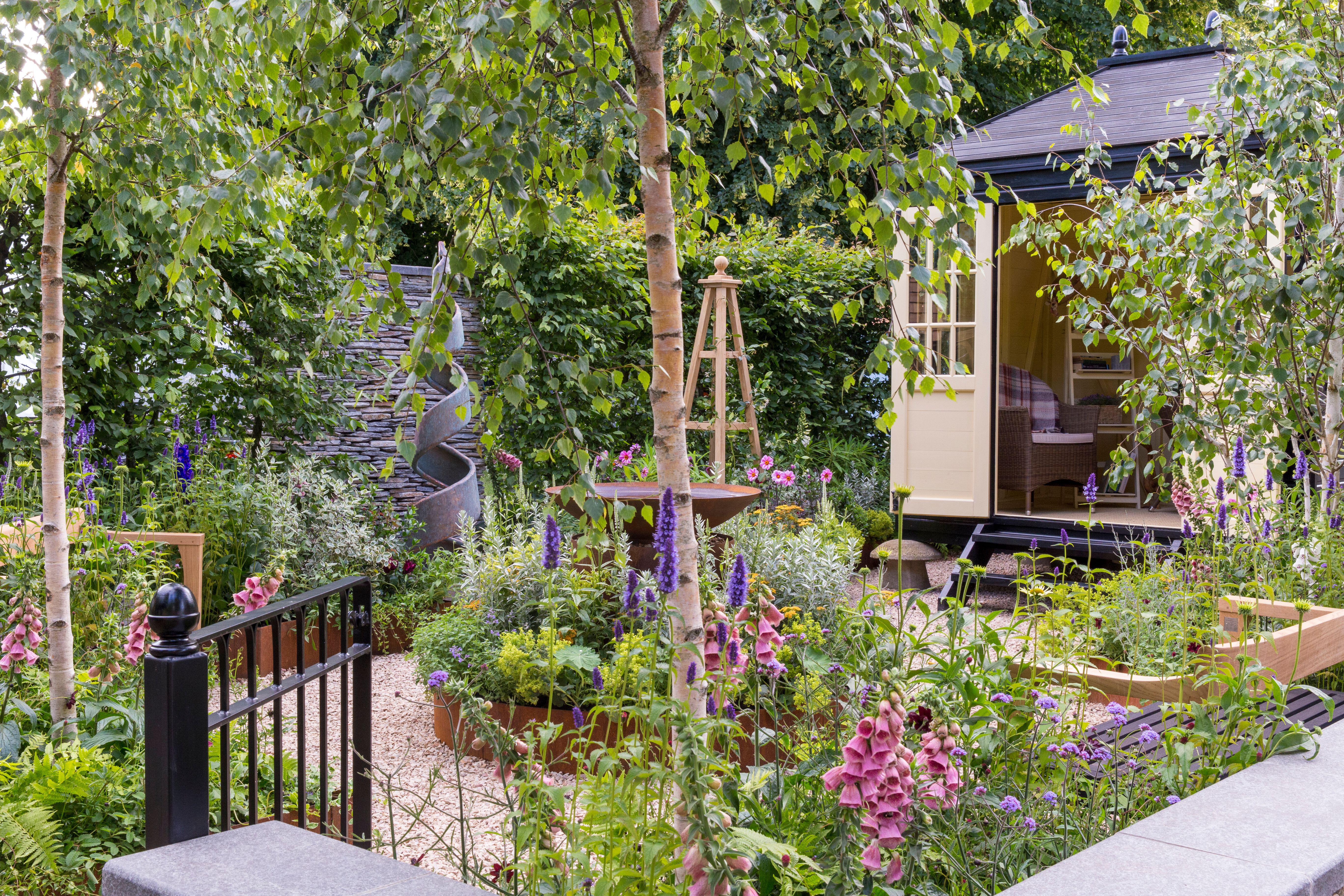 An expert guide to growing plants from seed
An expert guide to growing plants from seedAll you need to grow your own plants from seed is a pot, some compost, water and a sheltered place.
By John Hoyland
-
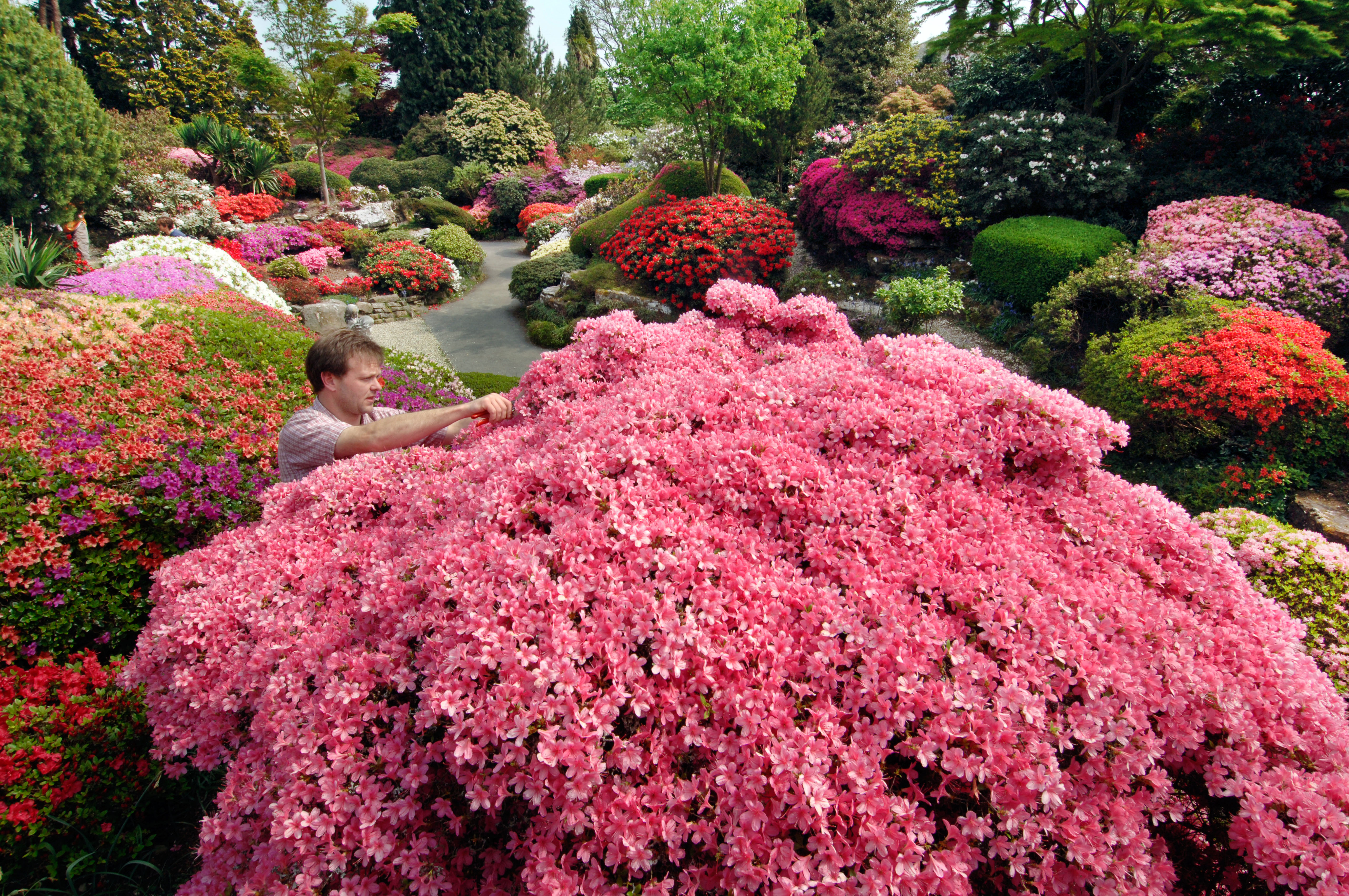 The best rhododendron and azalea gardens in Britain
The best rhododendron and azalea gardens in BritainIt's the time of year when rhododendrons, azaleas, magnolias and many more spring favourites are starting to light up the gardens of the nation. Here are the best places to go to enjoy them at their finest.
By Amie Elizabeth White
-
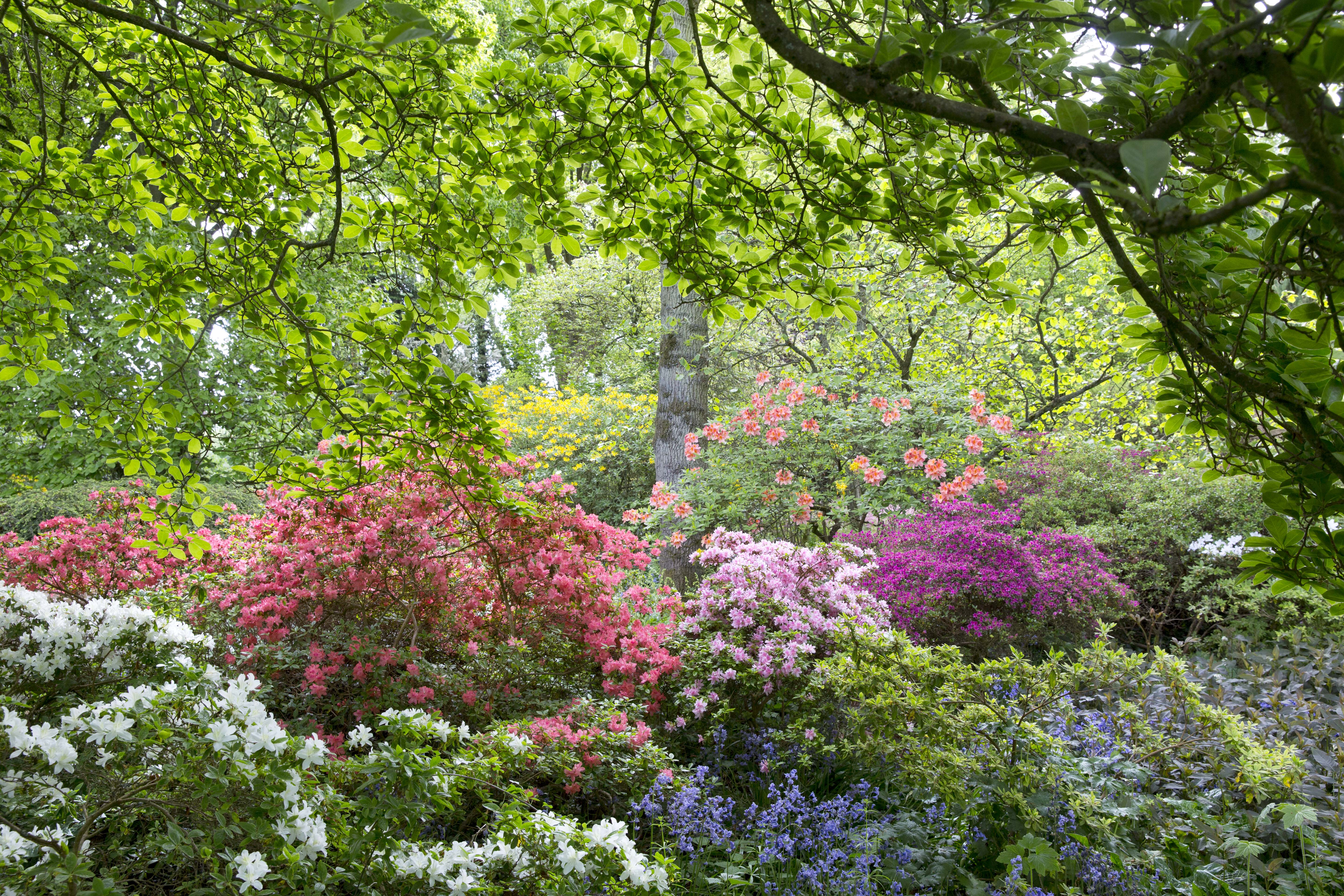 Great Comp: The blissful garden flooded with rhododendrons and azaleas that's just beyond the M25
Great Comp: The blissful garden flooded with rhododendrons and azaleas that's just beyond the M25Each spring, Great Comp Garden — just outside the M25, near Sevenoaks — erupts into bloom, with swathes of magnolias, azaleas and rhododendrons. Charles Quest-Ritson looks at what has become one of the finest gardens to visit in Kent.
By Charles Quest-Ritson
-
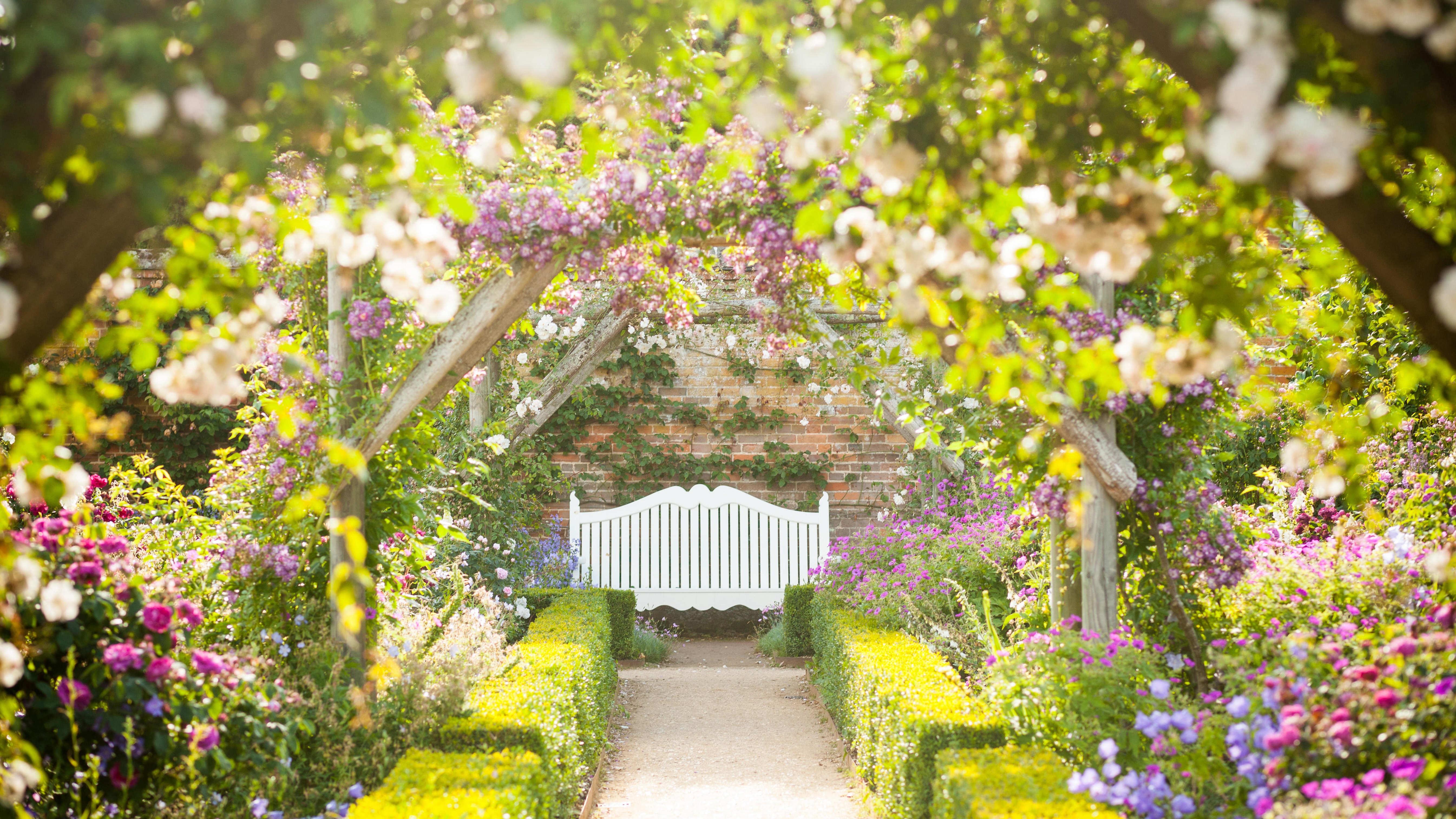 'I'm the expert who wrote the RHS's guide to roses — here's why pruning them right now is almost certainly a terrible mistake'
'I'm the expert who wrote the RHS's guide to roses — here's why pruning them right now is almost certainly a terrible mistake'More roses die from over-pruning than any other cause so what’s the reasoning underpinning this horticultural habit? Charles Quest-Ritson, the garden expert who wrote the RHS Encyclopedia of Roses, takes a closer look.
By Charles Quest-Ritson